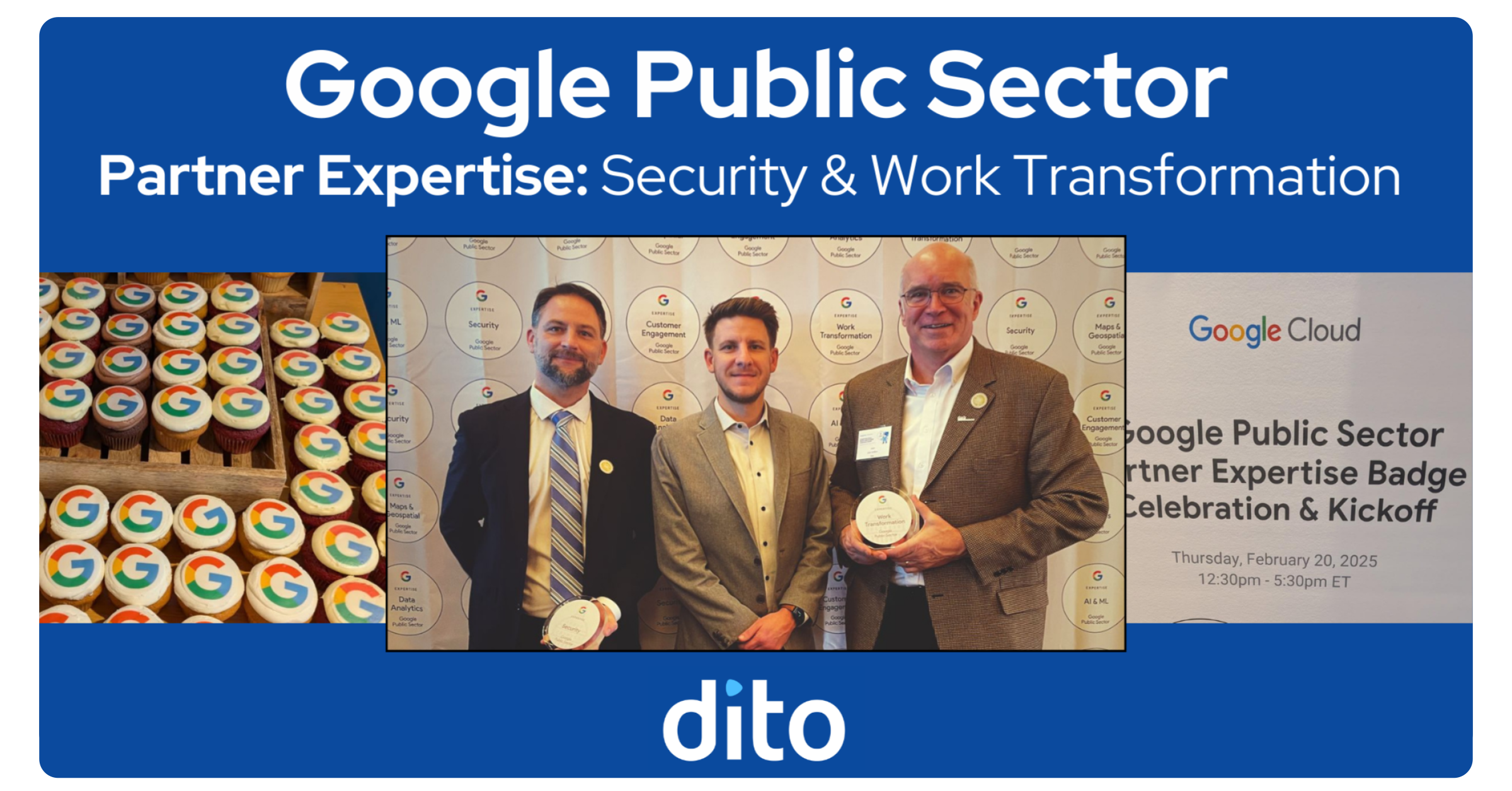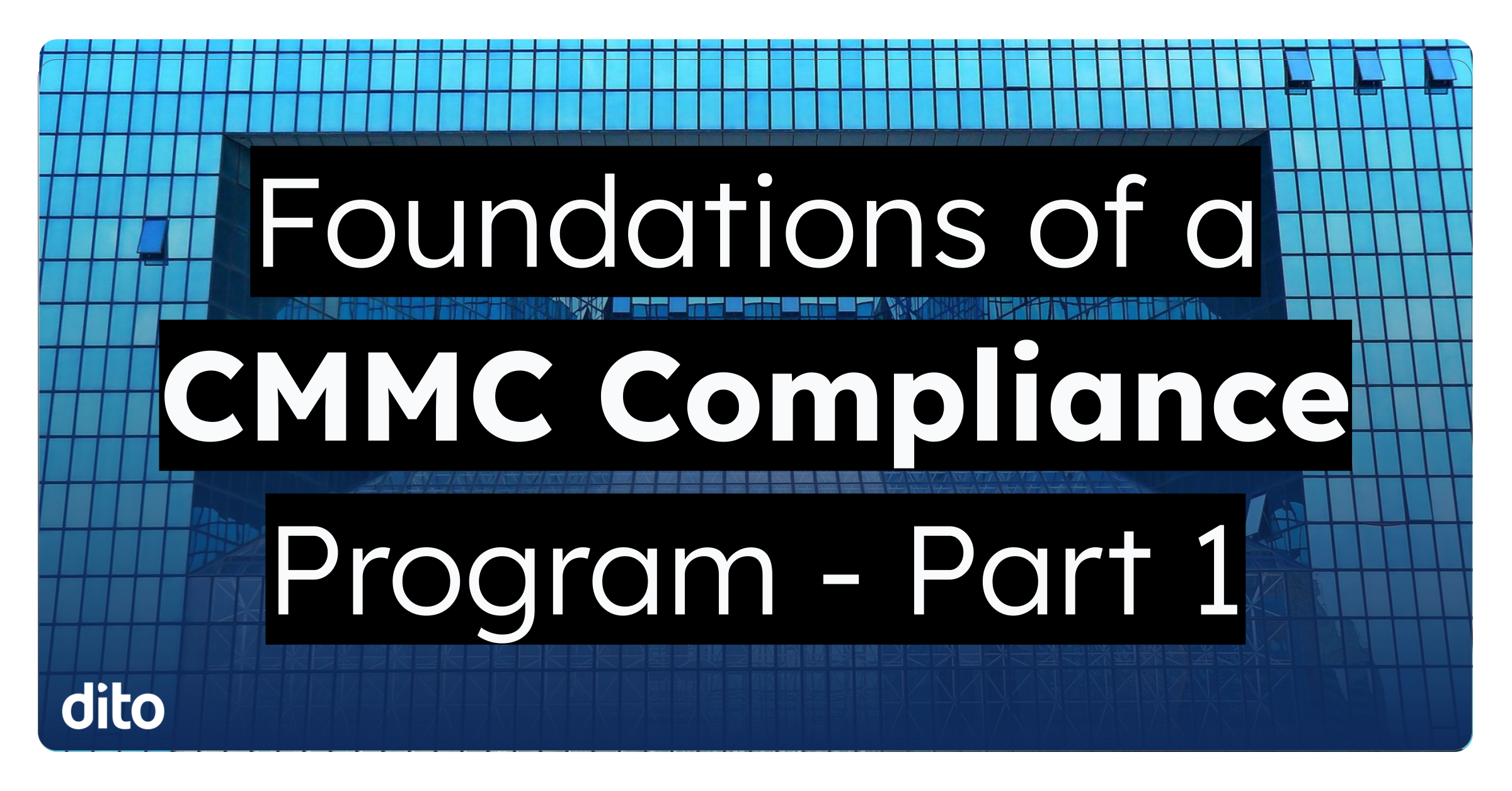Google Maps API Predicts the Future
It’s no secret that in our digitally-driven daily lives, accuracy and timing can be everything. If you’re a business that relies on a mobile workforce, making sure that your employees arrive at your customer’s location in a predictable time slot can mean the difference between customer retention and customer loss. How can the Google Maps API help you close that gap? The answer is simple; Predictive Travel Time.
Indistinguishable from Magic
One of Arthur C. Clarke’s three laws states that “Any sufficiently advanced technology is indistinguishable from magic.”. While we may be stretching the truth a bit with the ability to actually predict the future; Google’s Predictive Time Travel feature can certainly be considered “magic”. It’s powerful API is able to provide a direct line between your employee and your customers to make sure that their arrival time is predicted with pinpoint accuracy.
How does it do this? The service integrates with the existing Directions API and Distance Matrix API combined with historical data to estimate travel times for future dates. The end result makes it remarkably easy to accurately estimate how long it will take to get somewhere and even the best routes to take based on the time of day; even if the travel date is far in the future.
Confidence Levels
How can they be so sure about the arrival times that they return for directions? The Google Maps API utilizes historical time-of-day and day-of-week traffic data to estimate travel times for future dates. This makes it easy and accurate to estimate how long it will take to get somewhere and give the ability to suggest the best route.
Google even offers the configuration of a Traffic Model that gives you an ability to keep your traffic predictions according to “optimistic”, “pessimistic” or “best guess” estimates of traffic conditions. For example; you might want to set “pessimistic” time predictions for your deliveries. “Optimistic” might be set if you have a thermostat application and you want to have a house warm by the time your user comes in. “Best Guess” might be set for users that want the most likely travel time to their destination.
Build a Flux Capacitor with Dito and Google Maps for Business
How do you get started using Predicted Travel Time? We could just point you to the documentation for the Directions and Distance Matrix API, but if you aren’t confident that you have the technical resources available; we’d love to schedule a consultation. After all; we’re Doc Brown, and you’re looking to go 88mph in a DeLorean. Let us help you travel into the future the way only Google Maps can. but we’d also like you to make sure you schedule a consultation with us so that we can help you take your application to the next level and increase your accuracy the way only Dito and Google can. Are you ready?









